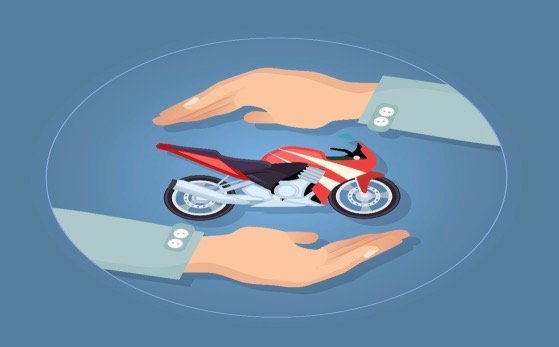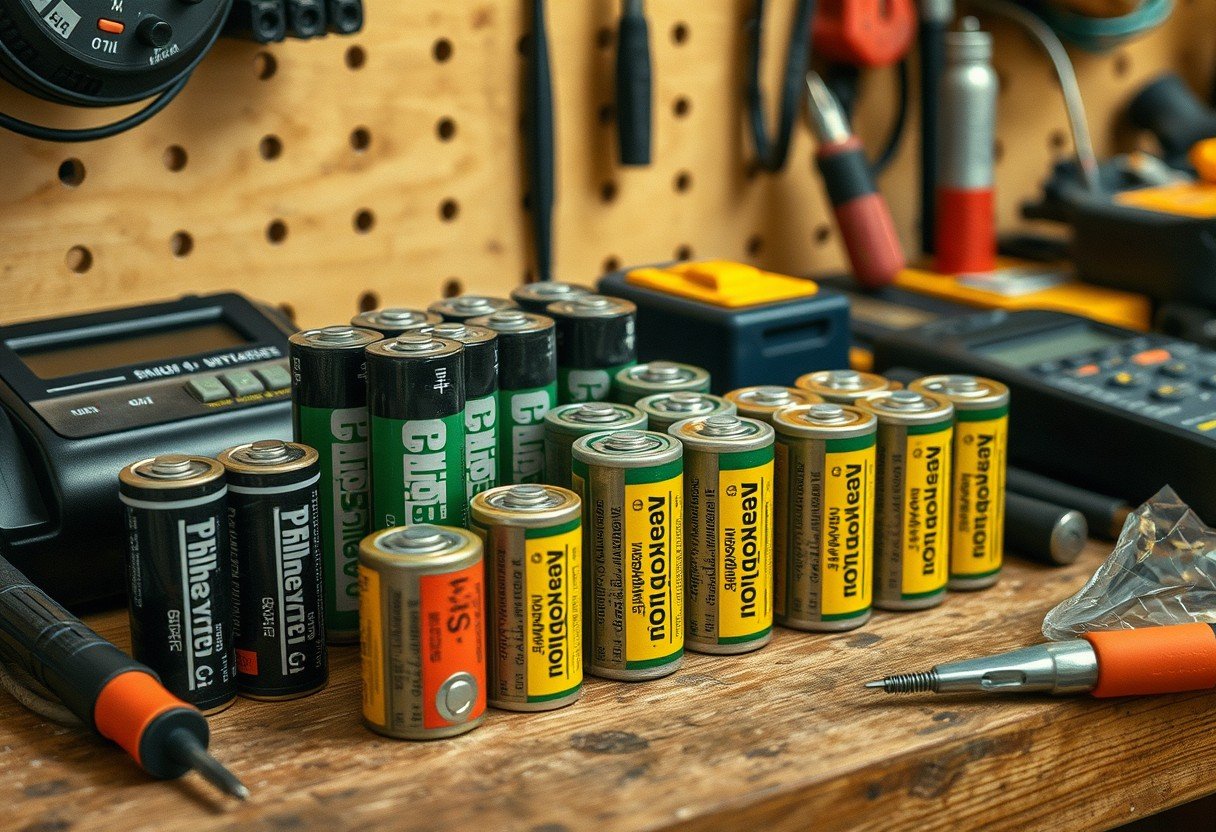Renewing your bike insurance can feel confusing with terms like IDV. Understanding the Insured Declared Value (IDV) is crucial because it directly impacts how much premium you pay and the maximum amount you can claim. Essentially, the IDV is the current market value of your bike, and getting it right ensures you are properly covered without overpaying. This guide explains how IDV works and why it’s a key factor in your two-wheeler insurance policy.
What is Insured Declared Value or IDV?
Insured Declared Value, or IDV, is the maximum sum an insurance company will pay you if your bike is stolen or damaged beyond repair, a situation known as a total loss. Think of it as the current market value of your two-wheeler.
This value is not what you originally paid for the bike but what it’s worth today after accounting for wear and tear. The IDV is the most important figure in your policy because it is the highest claim amount you can receive.
Therefore, ensuring your IDV is accurate is vital. A correct IDV, which should be close to the bike’s market price, guarantees you get a fair compensation amount if you ever need to make a total loss claim.
How is the IDV of Your Bike Calculated?
Insurance companies don’t just pick a random number for your bike’s IDV. It is calculated based on the manufacturer’s listed selling price, not the on-road price. This means the registration cost, road tax, and other charges are not included in the calculation.
The primary factor in determining the IDV is the age of your bike, which dictates the rate of depreciation applied to the ex-showroom price. Several other details are also considered by the insurer to arrive at the final value.
Here are the key details your insurer uses:
- The manufacturer and model of your bike.
- The city where the bike was registered.
- The initial date of registration or purchase.
- The ex-showroom price of the bike when it was new.
This systematic calculation ensures that the value reflects the bike’s age and model fairly.
The Role of Depreciation in Determining IDV
Depreciation is the natural reduction in your bike’s value over time due to usage, age, and general wear and tear. For insurance purposes, this reduction is calculated using a standard schedule set by the Insurance Regulatory and Development Authority of India (IRDAI).
As your bike gets older, its IDV decreases. For a brand-new bike, the IDV is typically set at 95% of its ex-showroom price, accounting for an immediate 5% depreciation as soon as it leaves the showroom. This depreciation rate increases with each passing year.
The following table shows the standard depreciation schedule used to calculate your bike’s IDV.
| Vehicle’s Age | Percentage of Depreciation |
|---|---|
| Not exceeding 6 months | 5% |
| Exceeding 6 months but not 1 year | 15% |
| Exceeding 1 year but not 2 years | 20% |
| Exceeding 2 years but not 3 years | 30% |
| Exceeding 3 years but not 4 years | 40% |
| Exceeding 4 years but not 5 years | 50% |
Understanding this table helps you know what to expect when your insurance is up for renewal.
How IDV Directly Affects Your Bike Insurance Premium
There is a simple and direct relationship between your bike’s IDV and the insurance premium you pay. The IDV represents the insurer’s maximum liability, so a higher IDV means the insurer is taking on more risk. Consequently, a higher IDV results in a higher premium.
Conversely, as your bike ages, its IDV decreases due to depreciation. This lower IDV means the insurer’s potential payout is less, which often leads to a lower premium at the time of renewal. It’s a common misconception that premiums always increase; for the own-damage part of your policy, the premium is directly tied to the bike’s falling value.
Therefore, the premium you pay is directly proportional to the Insured Declared Value of your bike.
The Danger of Choosing a Lower IDV to Save Money
Some bike owners are tempted to declare a lower IDV than the actual market value to reduce their annual insurance premium. While this does lower your upfront cost, it is a risky strategy that can lead to significant financial loss in the long run.
If you make a claim for theft or total damage, the insurer will only pay up to the declared IDV. By intentionally setting a low IDV, you are under-insuring your bike. This means the compensation you receive will be much less than the bike’s actual worth, leaving you with a huge financial gap when you need to replace your vehicle.
It is always advisable to select an IDV that is as close as possible to the bike’s current market value. A slightly higher premium is a small price to pay for complete financial protection and peace of mind.
What Happens to IDV for Bikes Older than Five Years?
The standard depreciation table applies to bikes up to five years old. Once a vehicle crosses this age, the standard calculation method no longer applies. The parts may become obsolete, and determining a market value becomes more complex.
For bikes older than five years, the IDV is not automatically generated. Instead, it is determined through a mutual agreement between you (the policyholder) and the insurance company. This value is typically based on the bike’s condition, the availability of its spare parts, and its general serviceability.
Frequently Asked Questions
Can I change the IDV of my bike during renewal?
Yes, you can negotiate the IDV with your insurer during the renewal process. Most insurers allow a small range of adjustment, but it should still reflect the bike’s fair market value.
Is IDV the same as the resale value of my bike?
IDV is very close to the resale value, but they are not always the same. IDV is calculated based on a fixed depreciation schedule, while resale value can be influenced by market demand, condition, and location.
What happens if I declare a very high IDV?
Declaring an IDV higher than the market value will increase your premium unnecessarily. In case of a claim, the insurer will verify the bike’s actual market value and will only pay that amount, not the inflated IDV you declared.
Why does my IDV decrease every year?
Your bike’s IDV decreases annually due to depreciation. As your vehicle gets older, its market value falls because of natural wear and tear, and the IDV is adjusted to reflect this lower value.
Does IDV include the cost of accessories on my bike?
The standard IDV calculation is based on the bike’s ex-showroom price and does not include accessories. However, you can insure expensive non-standard accessories by paying an additional premium for an add-on cover.








Leave a Comment